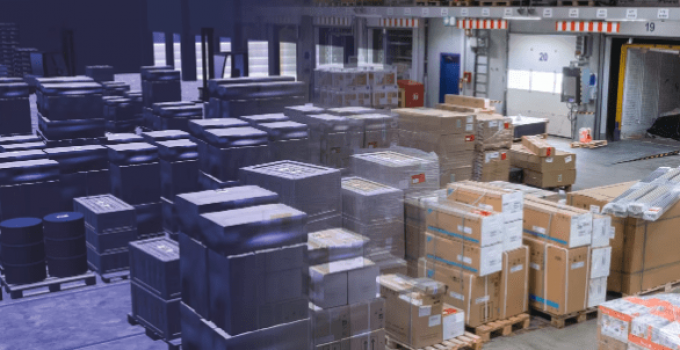The widening age gap 'time-bomb' threatening the haulage sector
Global haulage is sitting on a demographic time-bomb, the shortage of drivers set to double ...

PRESS RELEASE
Successful test operations at two locations: AI-based algorithms fully automatically identify, locate, and measure all packages in the transit terminal. This first step eliminates the need to manually scan and label packages and speeds up departure times. Going forward, it is hoped that AI will ...
Comment on this article